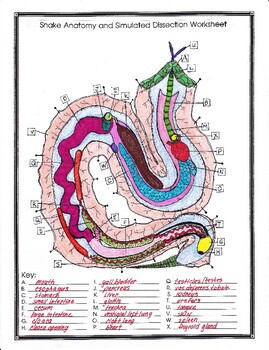Why do plants need cellular respiration
Why Do Plants Need Cellular Respiration. Plants respire all the time whether it is dark or light. Plants respire at all times of the day and night because their cells need a constant energy source to stay alive. They photosynthesise only when they are in the light. During cellular respiration plants use oxygen to further break down the products of glycolysis in the mitochondria of plant cells.
 Cellular Respiration In Plants Diagram Google Search Photosynthesis Cellular Respiration Photosynthesis And Cellular Respiration From pinterest.com
Cellular Respiration In Plants Diagram Google Search Photosynthesis Cellular Respiration Photosynthesis And Cellular Respiration From pinterest.com
During cellular respiration plants use oxygen to further break down the products of glycolysis in the mitochondria of plant cells. This process releases more energy carbon dioxide and water. Plants do resort to cellular respiration wherein the products of photosynthesis are reunited to produce energy which they have to do in order to convert the energy which is stored in the form of glucose into usable chemical energy. The outcome of cellular respiration is that the plant takes in glucose and oxygen gives out carbon dioxide and water and releases energy. Plants respire at all times of the day and night because their cells need a constant energy source to stay alive. Photosynthesis usually results in a gain of glucose once respiration has been.
Photosynthesis usually results in a gain of glucose once respiration has been.
The outcome of cellular respiration is that the plant takes in glucose and oxygen gives out carbon dioxide and water and releases energy. Plants do resort to cellular respiration wherein the products of photosynthesis are reunited to produce energy which they have to do in order to convert the energy which is stored in the form of glucose into usable chemical energy. Photosynthesis usually results in a gain of glucose once respiration has been. This process releases more energy carbon dioxide and water. Plants respire all the time whether it is dark or light. During cellular respiration plants use oxygen to further break down the products of glycolysis in the mitochondria of plant cells.
 Source: quizlet.com
Source: quizlet.com
Photosynthesis usually results in a gain of glucose once respiration has been. They photosynthesise only when they are in the light. During cellular respiration plants use oxygen to further break down the products of glycolysis in the mitochondria of plant cells. This process releases more energy carbon dioxide and water. Photosynthesis usually results in a gain of glucose once respiration has been.
 Source: biologywise.com
Source: biologywise.com
The outcome of cellular respiration is that the plant takes in glucose and oxygen gives out carbon dioxide and water and releases energy. During cellular respiration plants use oxygen to further break down the products of glycolysis in the mitochondria of plant cells. Plants do resort to cellular respiration wherein the products of photosynthesis are reunited to produce energy which they have to do in order to convert the energy which is stored in the form of glucose into usable chemical energy. This process releases more energy carbon dioxide and water. Plants respire all the time whether it is dark or light.
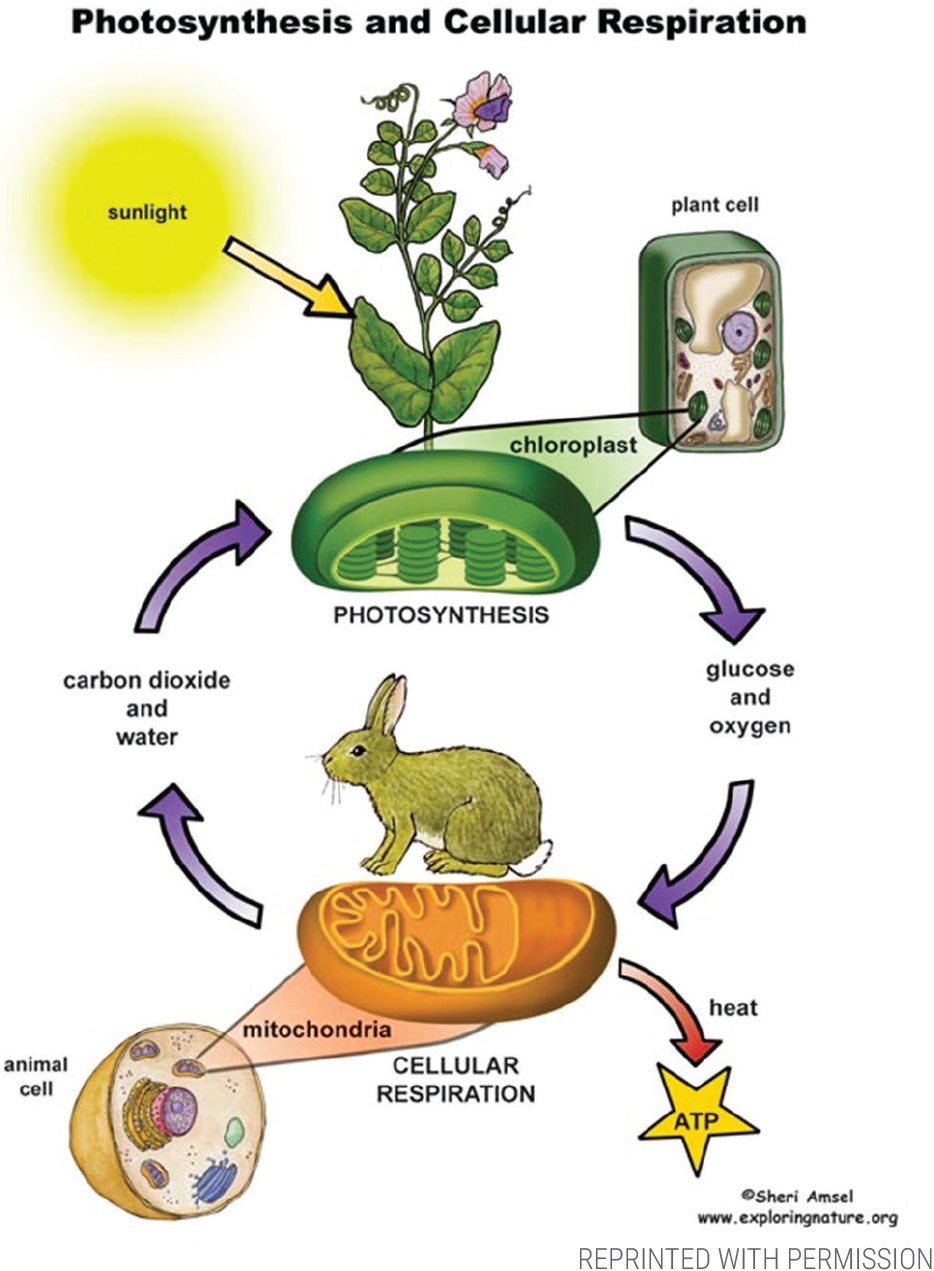 Source: nsta.org
Source: nsta.org
They photosynthesise only when they are in the light. Plants respire all the time whether it is dark or light. They photosynthesise only when they are in the light. This process releases more energy carbon dioxide and water. The outcome of cellular respiration is that the plant takes in glucose and oxygen gives out carbon dioxide and water and releases energy.
 Source: quora.com
Source: quora.com
They photosynthesise only when they are in the light. Photosynthesis usually results in a gain of glucose once respiration has been. During cellular respiration plants use oxygen to further break down the products of glycolysis in the mitochondria of plant cells. Plants do resort to cellular respiration wherein the products of photosynthesis are reunited to produce energy which they have to do in order to convert the energy which is stored in the form of glucose into usable chemical energy. They photosynthesise only when they are in the light.
Source:
Plants do resort to cellular respiration wherein the products of photosynthesis are reunited to produce energy which they have to do in order to convert the energy which is stored in the form of glucose into usable chemical energy. Plants respire at all times of the day and night because their cells need a constant energy source to stay alive. The outcome of cellular respiration is that the plant takes in glucose and oxygen gives out carbon dioxide and water and releases energy. Photosynthesis usually results in a gain of glucose once respiration has been. Plants do resort to cellular respiration wherein the products of photosynthesis are reunited to produce energy which they have to do in order to convert the energy which is stored in the form of glucose into usable chemical energy.
 Source: biologywise.com
Source: biologywise.com
Plants do resort to cellular respiration wherein the products of photosynthesis are reunited to produce energy which they have to do in order to convert the energy which is stored in the form of glucose into usable chemical energy. During cellular respiration plants use oxygen to further break down the products of glycolysis in the mitochondria of plant cells. Photosynthesis usually results in a gain of glucose once respiration has been. The outcome of cellular respiration is that the plant takes in glucose and oxygen gives out carbon dioxide and water and releases energy. This process releases more energy carbon dioxide and water.
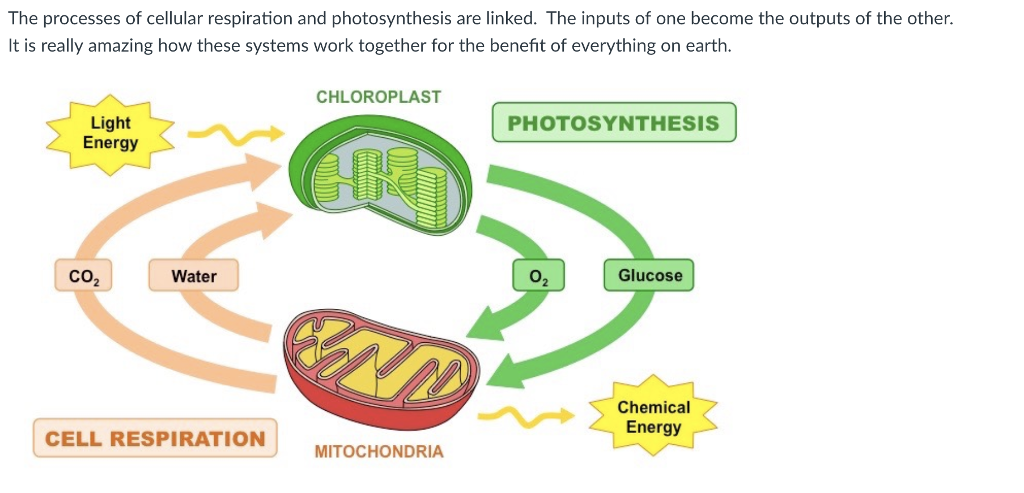 Source: recipepes.com
Source: recipepes.com
During cellular respiration plants use oxygen to further break down the products of glycolysis in the mitochondria of plant cells. Plants respire all the time whether it is dark or light. The outcome of cellular respiration is that the plant takes in glucose and oxygen gives out carbon dioxide and water and releases energy. They photosynthesise only when they are in the light. Plants do resort to cellular respiration wherein the products of photosynthesis are reunited to produce energy which they have to do in order to convert the energy which is stored in the form of glucose into usable chemical energy.
 Source: quora.com
Source: quora.com
Plants respire at all times of the day and night because their cells need a constant energy source to stay alive. During cellular respiration plants use oxygen to further break down the products of glycolysis in the mitochondria of plant cells. Photosynthesis usually results in a gain of glucose once respiration has been. Plants do resort to cellular respiration wherein the products of photosynthesis are reunited to produce energy which they have to do in order to convert the energy which is stored in the form of glucose into usable chemical energy. Plants respire all the time whether it is dark or light.
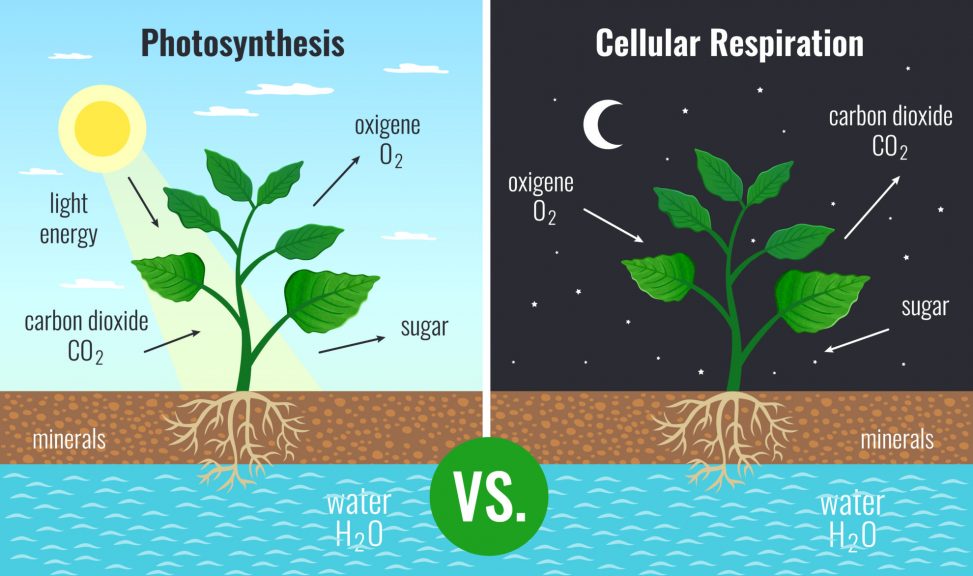 Source: biologyonline.com
Source: biologyonline.com
Photosynthesis usually results in a gain of glucose once respiration has been. Plants respire at all times of the day and night because their cells need a constant energy source to stay alive. Plants respire all the time whether it is dark or light. This process releases more energy carbon dioxide and water. During cellular respiration plants use oxygen to further break down the products of glycolysis in the mitochondria of plant cells.
 Source: rookieparenting.com
Source: rookieparenting.com
Plants respire all the time whether it is dark or light. They photosynthesise only when they are in the light. Plants respire all the time whether it is dark or light. Plants respire at all times of the day and night because their cells need a constant energy source to stay alive. Photosynthesis usually results in a gain of glucose once respiration has been.
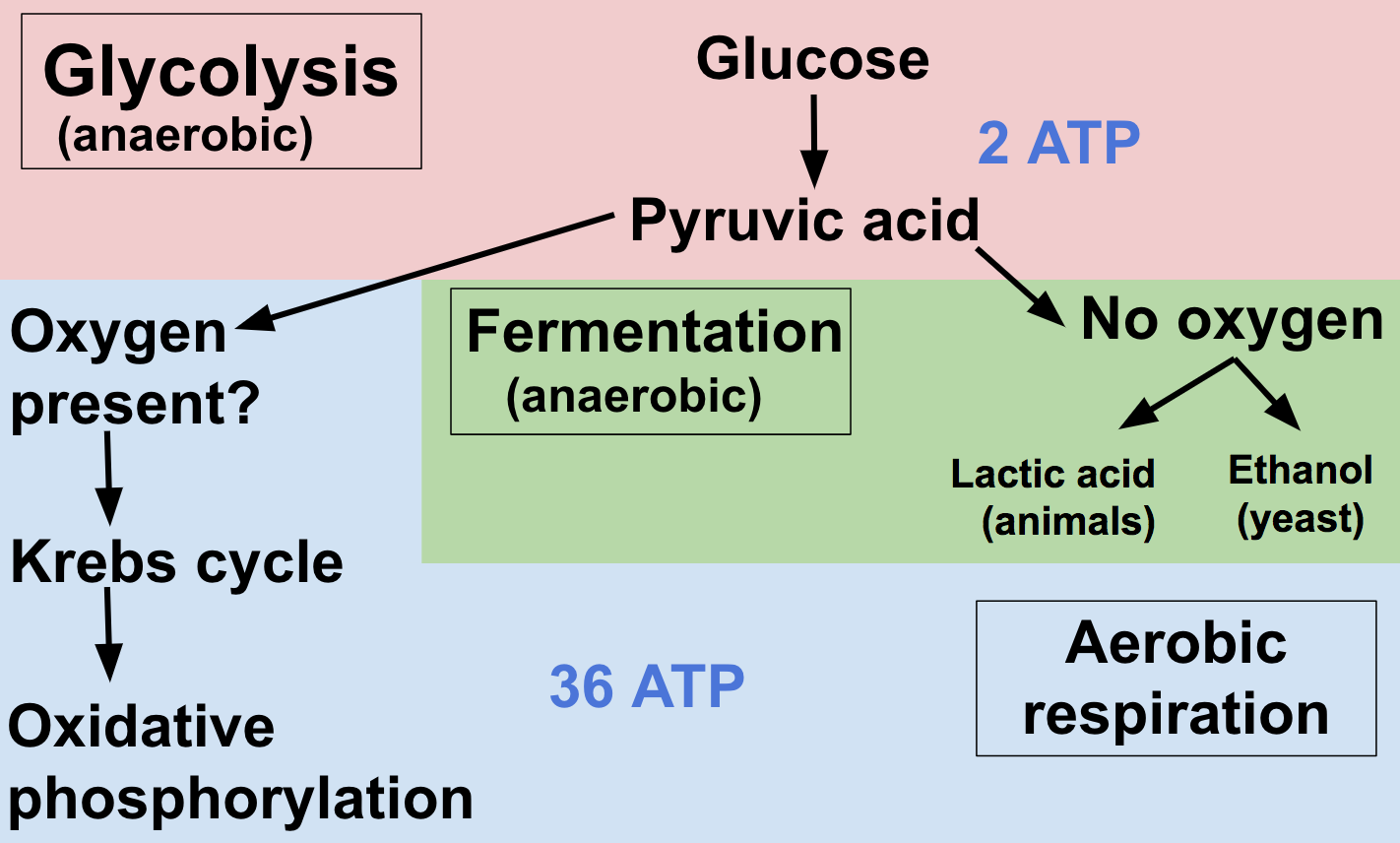 Source: khanacademy.org
Source: khanacademy.org
Plants do resort to cellular respiration wherein the products of photosynthesis are reunited to produce energy which they have to do in order to convert the energy which is stored in the form of glucose into usable chemical energy. Plants respire at all times of the day and night because their cells need a constant energy source to stay alive. During cellular respiration plants use oxygen to further break down the products of glycolysis in the mitochondria of plant cells. Plants respire all the time whether it is dark or light. The outcome of cellular respiration is that the plant takes in glucose and oxygen gives out carbon dioxide and water and releases energy.
 Source: pinterest.com
Source: pinterest.com
Photosynthesis usually results in a gain of glucose once respiration has been. The outcome of cellular respiration is that the plant takes in glucose and oxygen gives out carbon dioxide and water and releases energy. This process releases more energy carbon dioxide and water. During cellular respiration plants use oxygen to further break down the products of glycolysis in the mitochondria of plant cells. Plants do resort to cellular respiration wherein the products of photosynthesis are reunited to produce energy which they have to do in order to convert the energy which is stored in the form of glucose into usable chemical energy.
 Source: s-cool.co.uk
Source: s-cool.co.uk
Plants respire all the time whether it is dark or light. This process releases more energy carbon dioxide and water. Plants respire all the time whether it is dark or light. Plants respire at all times of the day and night because their cells need a constant energy source to stay alive. Photosynthesis usually results in a gain of glucose once respiration has been.
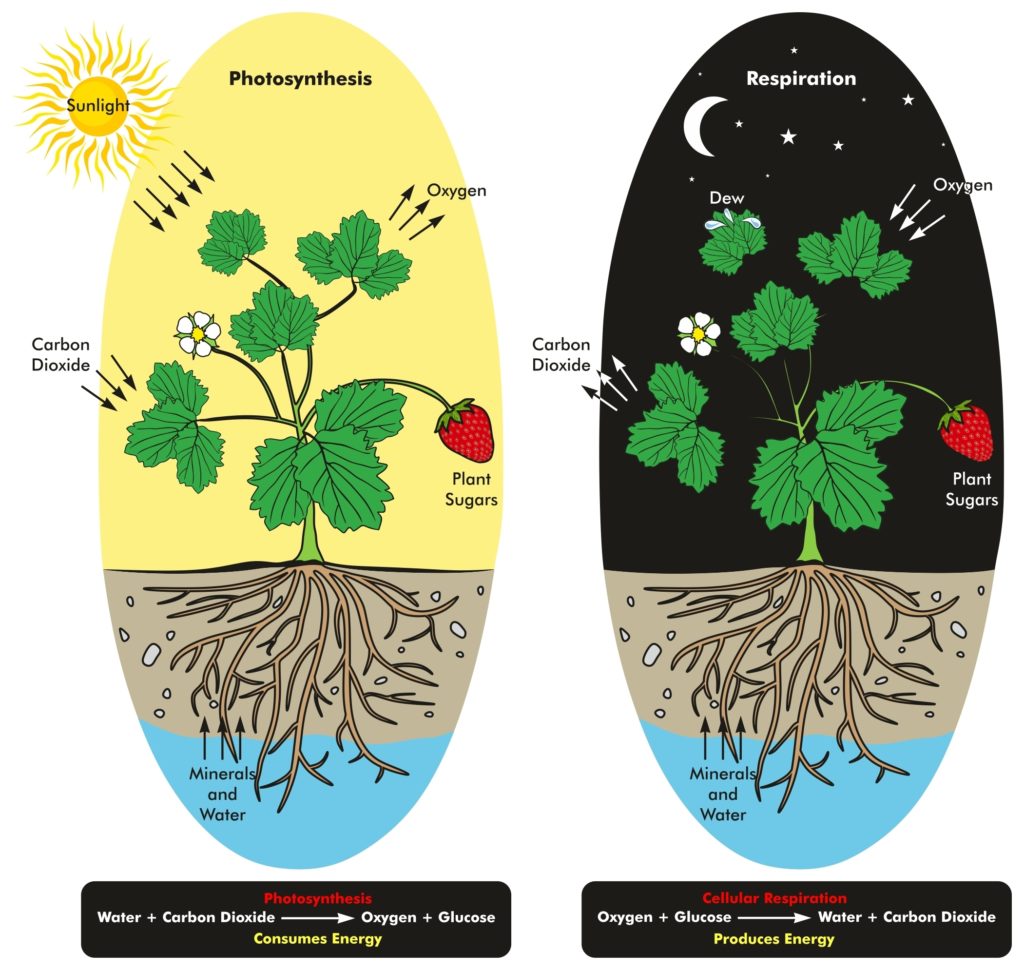 Source: science-sparks.com
Source: science-sparks.com
Plants do resort to cellular respiration wherein the products of photosynthesis are reunited to produce energy which they have to do in order to convert the energy which is stored in the form of glucose into usable chemical energy. Plants do resort to cellular respiration wherein the products of photosynthesis are reunited to produce energy which they have to do in order to convert the energy which is stored in the form of glucose into usable chemical energy. This process releases more energy carbon dioxide and water. Photosynthesis usually results in a gain of glucose once respiration has been. The outcome of cellular respiration is that the plant takes in glucose and oxygen gives out carbon dioxide and water and releases energy.
 Source: slideplayer.com
Source: slideplayer.com
The outcome of cellular respiration is that the plant takes in glucose and oxygen gives out carbon dioxide and water and releases energy. The outcome of cellular respiration is that the plant takes in glucose and oxygen gives out carbon dioxide and water and releases energy. During cellular respiration plants use oxygen to further break down the products of glycolysis in the mitochondria of plant cells. Plants respire at all times of the day and night because their cells need a constant energy source to stay alive. Plants do resort to cellular respiration wherein the products of photosynthesis are reunited to produce energy which they have to do in order to convert the energy which is stored in the form of glucose into usable chemical energy.
If you find this site value, please support us by sharing this posts to your own social media accounts like Facebook, Instagram and so on or you can also save this blog page with the title why do plants need cellular respiration by using Ctrl + D for devices a laptop with a Windows operating system or Command + D for laptops with an Apple operating system. If you use a smartphone, you can also use the drawer menu of the browser you are using. Whether it’s a Windows, Mac, iOS or Android operating system, you will still be able to bookmark this website.


